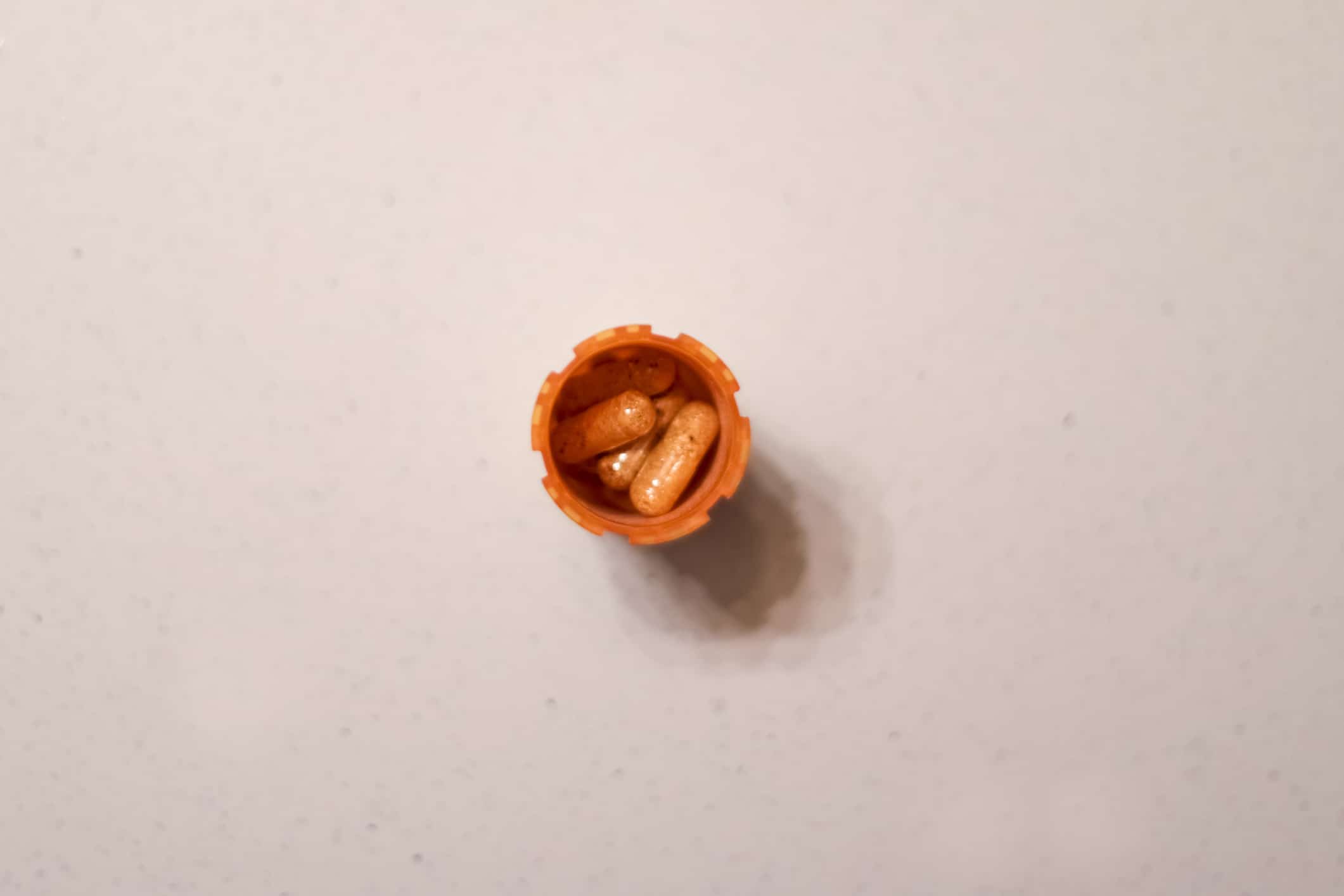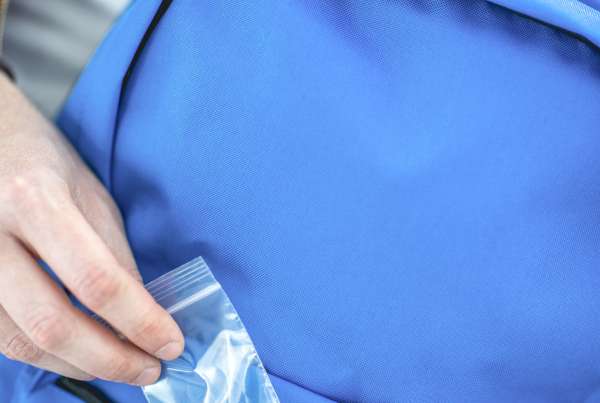While “hard drugs” like cocaine and heroin are highly addictive and dangerous, even regulated substances with good medical uses can lead to addiction, primarily if used recreationally. Certain legal drugs can create a physical dependence in many who use them without a doctor’s direction, especially in teens.
Some teens do not realize the dangers of misusing prescribed legal drugs because relatives or friends use them or think that they must be safe because they are legal drugs prescribed by a doctor. But the truth is that these substances can cause just as much harm as illegal ones, if not more so in some cases. While everyone is susceptible to misinformation about legal drugs, young people are at an especially increased risk.
If you suspect your child might be falling prey to a substance use disorder (SUD) or believe that addiction has already developed, know that not only does educating yourself about the risks of drug misuse and abuse play a leading role in combating the problem and even preventing it, it’s also the most effective first line of defense of a parent and role model.
Most Commonly Misused Addictive Legal Drugs
Addictive legal drugs can be split into three general categories:
-
- Depressants
- Stimulants
- Opioids
Prescription Depressants
Depressants are drugs that “depress” the central nervous system, mild symptoms of anxiety and distress, and combatting sleeplessness. They are often used to treat severe anxiety disorders and panic attacks, as well as insomnia. Common prescription depressants include:
-
- Diazepam (Valium)
- Zolpidem (Ambien)
- Triazolam (Halcion)
- Alprazolam (Xanax)
- Estazolam (Prosom)
- Clonazepam (Klonopin)
Signs of severe depressant misuse include (but is not limited to) blurred vision, nausea, cognitive impairment, sleepiness, and addiction.
Prescription Stimulants
Stimulants are drugs that stimulate focus, cut appetite and trigger the release of stress hormones like cortisol. They are used in the treatment of ADHD and narcolepsy, and, rarely, obesity. Common prescription stimulants include:
-
- Methylphenidate (Ritalin)
- Dextroamphetamine (Dexedrine)
- Dextroamphetamine/amphetamine combination (Adderall)
Signs of severe stimulant misuse include (but is not limited to) heartbeat inconsistencies and arrhythmias, paranoia, and addiction.
Prescription Opioids
Opioids are drugs that numb pain receptors and, in the past, were primarily used as anesthetics. Prescription opioids can be hazardous drugs and were the catalyst behind the opioid crisis in the late 1990s. Because heroin has become easier to access since the use of prescription opioids has fallen while heroin use and subsequent overdoses have risen.
Prescription opioid use can lead to heroin use because heroin creates a similar high and maybe cheaper/more accessible. Some opioids are used to treat chronic or acute pain, while other, more potent opioids are used in post-operative and terminal care. Common prescription opioids include:
-
- Codeine
- Fentanyl
- Morphine
- Hydrocodone (Vicodin)
- Oxymorphone (Opana)
- Oxycodone (OxyContin, Percocet)
Signs of severe opioid abuse include (but is not limited to) respiratory distress, hyperalgesia, and addiction.
Early Risk for the Transition to Dependence
Drugs from each classification function very differently and target portions of the brain to elicit some degree of euphoria by releasing powerful neurotransmitters or brain chemicals. The repeated use of these drugs can change how the brain interprets motivational signals and mess with the delicate chemical balance that influences the way we think and behave.
Outside factors, particularly co-occurring mental health issues, chronic stressors, or traumatic experiences, can increase addiction risk. This can lead to physical and psychological dependence and create the symptoms we recognize as addiction. This process can occur faster in teens than in adults, partly because of the way their brain is still developing. There are individual factors that affect how quickly an addictive substance can cause an addiction.
While there is no such thing as being “hooked on the first hit,” a single first-time dose can have an impact on a teen’s likelihood to try another one. Genetic factors can determine a person’s predisposition towards addiction (i.e., risk of alcohol use disorder can run in the family, regardless of upbringing). This never guarantees an addiction but instead means that some teens are more likely to struggle with drug use than others, even after accounting for other factors, such as severe ongoing stress and trauma.
Recognizing the Warning Signs and Symptoms
2013 surveys cited by the DEA found that about 17.8 percent of high school students used legal drugs without a doctor’s prescription at least once in the past year. Statistics differed from state to state, but it showed that even despite stricter regulations on prescription drugs following the start of the opioid crisis, a considerable number of teens had at least some experience using prescription drugs recreationally.
Understanding what drugs your teen is using can help determine whether their behavior indicates dependence or addiction and, more importantly, seeking professional help. If you do not have access to your prescription bottle label but know what the pill looks like, you may identify the drug through a pill identifier. Under United States law, all legal drugs prescribed and sold must have a distinct appearance to allow for easier identification. If you do not know the pill, consult with a medical professional or pharmacist after consulting online resources.
Identifying the So-Called Legal Highs
Studies have shown that the most common source for all age groups that misuse legal drugs was a friend or relative who had obtained them legally. Sometimes, these drugs are distributed to acquaintances or sold when prescribed in excess, and sometimes, they are stolen from a relative’s medication cabinet or stash. Surveys also found that teens were less likely than young adults to obtain legal drugs from strangers or drug dealers.
When used with the advice and precise directions of a medical professional, most legal drugs are relatively safe. However, when used in the wrong quantities or without the proper medical context, they can have a wholly different and destructive effect on a person’s body and mind. Your teen needs to understand that any drug that requires a doctor’s prescription can be a potential source of danger and even death.
Knowing When and Where to Seek Treatment
Teen prescription drug abuse and addiction is a serious and severe issue. Drug use itself does not mean that your teen is addicted – and if you have discovered their drugs early enough, then a judgment-free conversation with them about the dangers and consequences of these substances might help them understand that they should be more careful about what they consume, even when it comes from a friend.
Some teens believe that drugs like Adderall can help them study better, while others might feel pressured into taking drugs like Xanax at parties. Suppose your teen is struggling to kick the habit, however, or is showing other signs of addiction (such as irritability, changes in mood and personality, and inability to stop using). In that case, it is essential to seek professional help and treatment.







